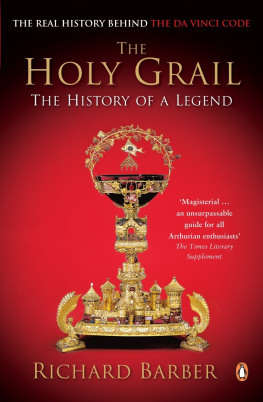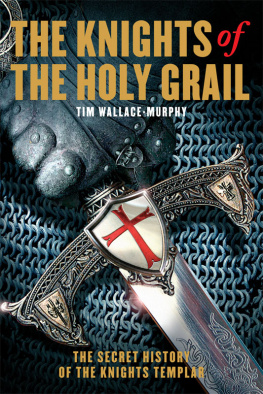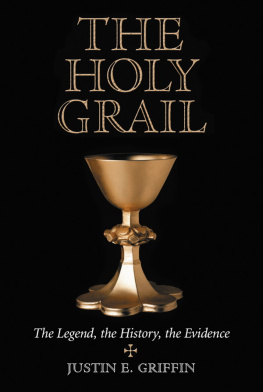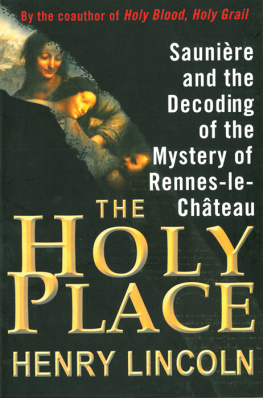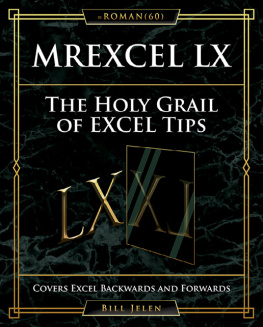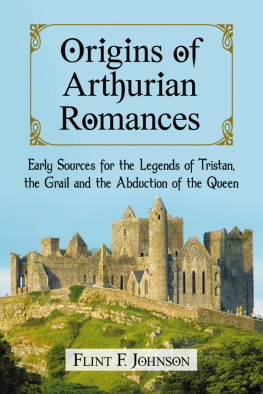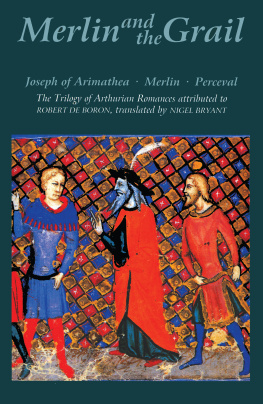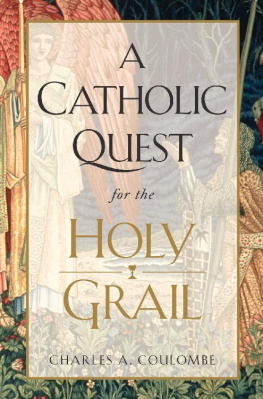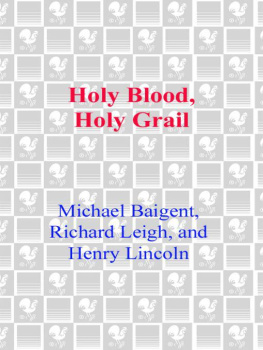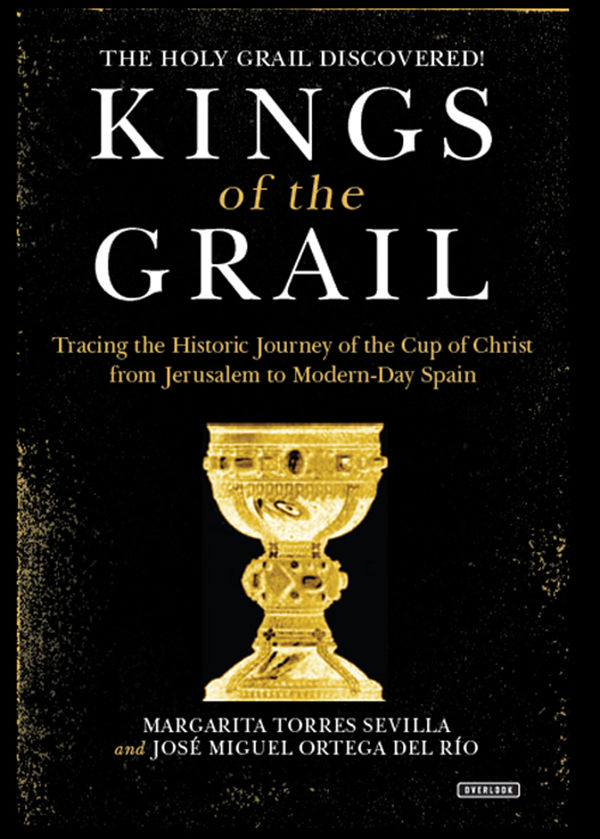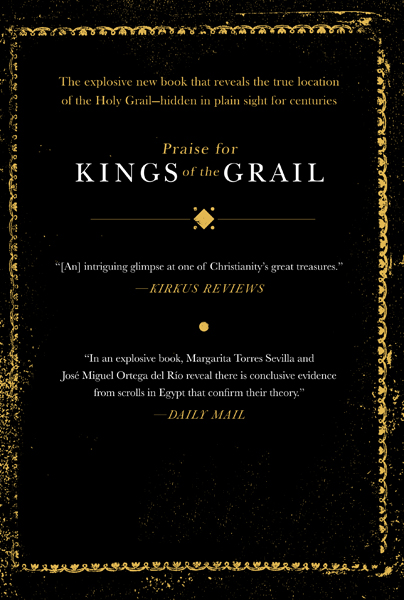
This edition first published in hardcover in the United States in 2015 by
The Overlook Press, Peter Mayer Publishers, Inc.
141 Wooster Street
New York, NY 10012
www.overlookpress.com
For bulk and special sales, please contact ,
or write us at the above address.
First published in Spain by Reino de Cordelia, 2014
Copyright Margarita Torres Sevilla, Jos Miguel Ortega del Ro and Reino de Cordelia, S.L., 2015
Translation copyright Rosie Marteau 2015
All rights reserved. No part of this publication may be reproduced or transmitted in any form or by any means, electronic or mechanical, including photocopy, recording, or any information storage and retrieval system now known or to be invented, without permission in writing from the publisher, except by a reviewer who wishes to quote brief passages in connection with a review written for inclusion in a magazine, newspaper, or broadcast.
ISBN: 978-1-4683-1234-8 (e-book)
We would like to express our public gratitude to the Real Colegiata de San Isidoro in Len for the kindness and generosity they showed us throughout the research process, as well as to Too and Juan V., Maurilio, Dionisio, Jos Mara and Jess for their support and trust. Not forgetting, of course, the Ministry of Culture of the Regional Government of Castilla y Len which, in celebration of the 1,100th anniversary of the foundation of the Kingdom of Len, gave us direct access to study the Chalice of Doa Urraca while its exhibition replica was being made. Our thanks, too, to the directors of the Monte Len Foundation, for having faith in this enterprise and for taking a chance on it. We also wish to express our recognition for the work of Dr Gustavo Turienzo for his translations of the two Arabic parchments used in the book, as well as the other Arabists who helped us along the way. And our families, because without them none of these pages would ever have seen the light. To all of the above, our heartfelt thanks.
The Holy Grail, the cup that Jesus Christ used at the Last Supper, has been the subject of intense fascination for nearly two thousand years. Knights, scientists, Templars, fortune seekers and Nazis are among those who have fervently tried to discover its location. Over time, the cups very existence has been shrouded in mystery, inspiring legends such as those of King Arthur and the Round Table, as well as many volumes of poetry, medieval romance and scholarly research.
Kings of the Grail is not just another book in a succession of thousands. We expect this to be the definitive account and have done since the day when, by chance (if such a thing exists), the medieval Arabist Gustavo Turienzo Veiga led us to certain parchments stored in Cairo. Previously unpublished information from these documents revealed the Grails whereabouts up until the mid-eleventh century, when it was relocated to Spain. This fortunate and unexpected discovery took place against the backdrop of the popular revolutions in North Africa known internationally as the Arab Spring.
As we began our research, the uprisings reached Egypt. On Tuesday 25 January 2011, known as the Day of Rage, President Hosni Mubarak was forced to resign after nearly three decades in power. As these dizzying events unfolded around us, we launched a forensic programme of research in order to demonstrate how Christs Chalice might have reached Spain. Our aim was to present only that objective information which would support such an extraordinary discovery.
The story begins in Cairo, in the library of Al-Azhar University. Founded in 975 CE by the Fatimid Dynasty, it was subsequently turned into the centre of Sunni education (specializing in linguistics, law, astronomy and Islamic philosophy) by Saladin, the first Sultan of Egypt and Syria. Under the Mamluk Sultanate (12501517), the university became the great pillar of Islamic learning that it remains today.
Muslims from southern Spain and Islamic scholars from every corner of the world flocked to Al-Azhars doors. During the closing centuries of the Middle Ages, a vast influx of intellectuals catapulted the university to international fame. It retained its reputation for Islamic scholarship and scientific knowledge throughout the Ottoman period and up to the present day. Its library still houses ancient manuscripts with facts that completely alter our understanding of the history of the Holy Grail.
Without wishing to spoil our compelling story, we will only venture to reveal that at some point between 1054 and 1055 the Grail, which had previously been guarded in the Church of the Holy Sepulchre in Jerusalem, was given in friendship and gratitude by the Fatimid Caliph to the Emir of Dnia (a Muslim kingdom in medieval Spain, covering a region of the Valencian mainland, coast and the Balearic Islands), who in turn wished to ingratiate himself with the powerful Christian monarch, Ferdinand I of Spain (103767).
Prince of Navarre, and later Count of Castile and Len, Ferdinand I went on to govern his kingdom with a firm hand in turbulent times. Two deaths preceded his ascent to the throne: that of his brother-in-law, Bermudo III of Lon, in 1029, and his own brother Garca, the King of Navarre, who died after their armies crossed swords at the battle of Atapuerca.
The Grails arrival in Spain marked a new chapter in its history, just as a thousand years later it would change our own lives as experts in Art and Medieval History. Why did destiny bring Egypt and Spain together like this, for a second time? Perhaps everything conspired towards this turn of fate.
Within these pages we will be looking in detail at the land of Jesus, the Judaic religion of his time, what truly took place at the Last Supper, and how the holy relic never left its chapel at the Church of the Holy Sepulchre until it was taken to the Iberian Peninsula (modern Spain, Portugal, Andorra and Gibraltar) in the middle of the eleventh century. Little by little, we decode the revelations of those Egyptian manuscripts and show how historical and archaeological sources support a definitive reading. The other grails do not escape our scrutiny: the reasons behind their being identified as the Cup of Christ will be disproved, if not in some cases their antiquity or prestige, for instance the Valencia Chalice, which has traditional and legendary associations with Saint Peter and the Papacy.
This is a thorough investigation in which we do not claim to convince, dispute, or court confrontation. Do not expect a book on religion or the occult, nor a work of fiction derived from the literary myths of the Grail. Our aim is to present definitive new data arising from scientific and historical research, while encouraging readers to reach their own conclusions.
Here, then, begins the discovery of the Holy Grail, the first step in a journey of two millennia. Let us begin at the beginning.
The historical evidence gleaned from excavations and particularly from numismatics (the study of currency), suggests that the Galileans were Jewish descendants. In the Hasmonean period, the ruling dynasty of Judea between c.140 BCE and c.116 BCE in the area now known as the West Bank of Israel, religious markers and close links with Jerusalem and its monarchy can be deduced from abandoned settlements, coins and annual tax records. These show that, economically and politically, Galilee belonged to territories ruled by the Macabees royal descendants.


